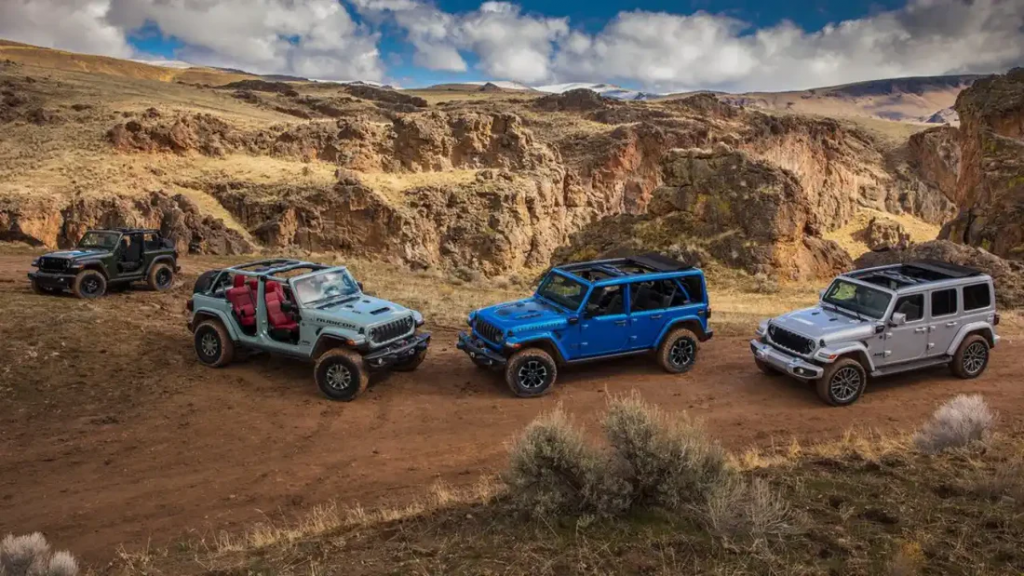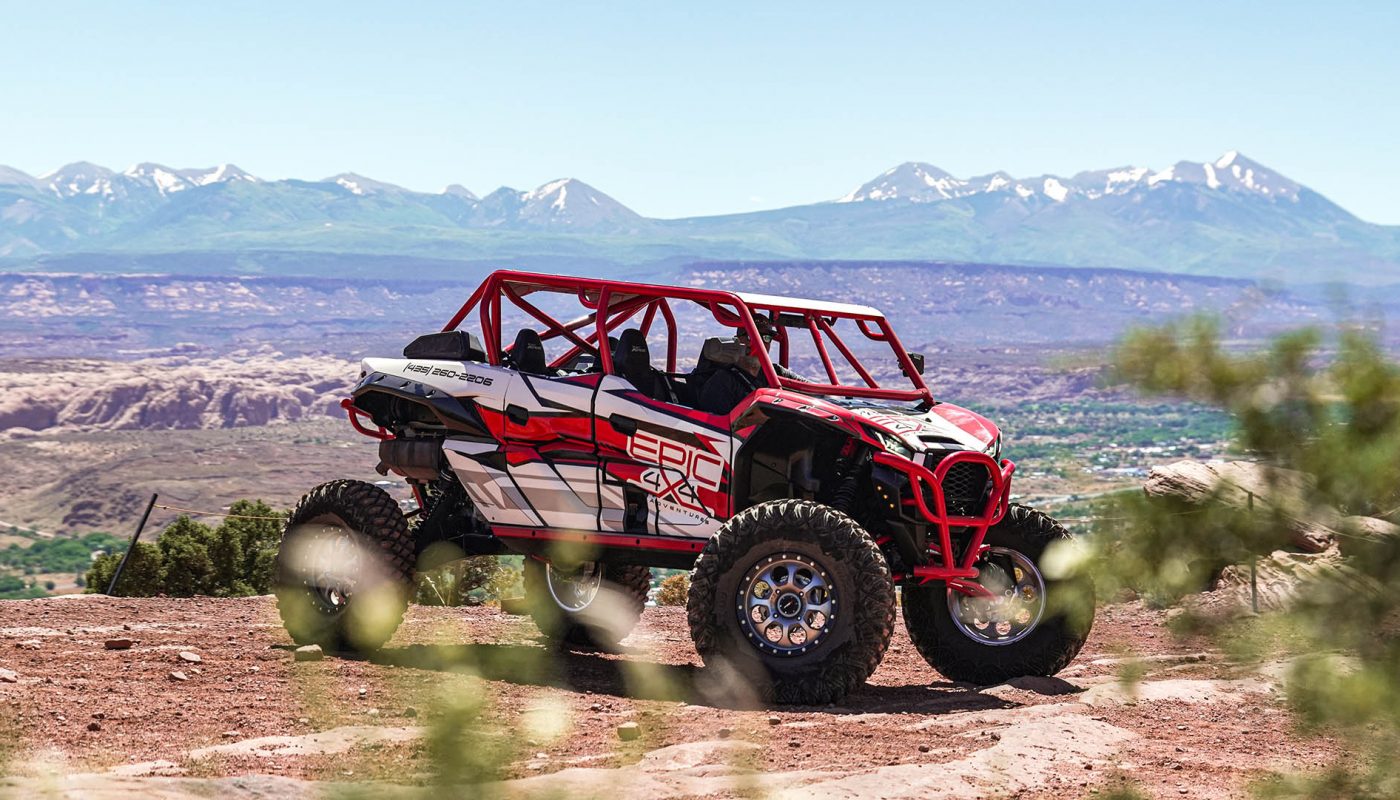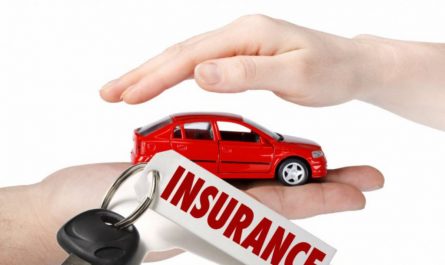Off-roading has surged in popularity over the past decade, becoming not just a recreational pastime but a full-blown lifestyle for adventure seekers. From rugged mountain trails and desert dunes to dense forests and muddy backcountry roads, drivers are pushing their vehicles to the limits in the pursuit of adrenaline and scenic escape. However, while the thrill of off-road driving is undeniable, it also comes with increased risks both to the vehicle and its occupants.
What many enthusiasts fail to consider is whether their current auto insurance policy actually covers off-road use, or if their excursions leave them dangerously exposed to financial liability. Standard insurance plans typically revolve around on-road use, and venturing off the beaten path may void or limit your coverage in ways you’re not even aware of. This comprehensive guide explores everything you need to know about insurance for off-road adventures, including what’s typically covered, what isn’t, how to enhance your protection, and the biggest mistakes to avoid when relying on conventional policies for unconventional driving.
What Qualifies as Off-Roading, and Why It Matters to Insurers

Before diving into coverage specifics, it’s essential to define what “off-roading” means in the eyes of an insurance company. Generally speaking, off-road driving refers to operating a vehicle on terrain that is not classified as a public or maintained road, including dirt trails, rocky landscapes, sand dunes, riverbeds, and snow-covered paths. While some off-road destinations are legal and designated for recreational vehicle use, others may fall into a gray area or even be outright prohibited raising concerns about legal liability as well as damage repair.
For insurers, the terrain and environment significantly increase the probability of damage, from rollovers and axle breaks to undercarriage damage, frame stress, and water intrusion. These are not routine claims in the eyes of traditional insurers, and that distinction can dramatically influence how (and whether) they will pay out in the event of a claim. So, when a policy mentions “road use,” you must ask whether that includes logging roads, trails, or privately owned paths. If not, and you’re venturing into unapproved territory, you may not be covered at all even if your vehicle is fully insured for city driving.
Standard Auto Insurance and Its Limitations for Off-Road Use
Many drivers assume that if their vehicle is insured for liability, collision, and comprehensive coverage, it’s automatically protected no matter where they drive. Unfortunately, that’s a costly misconception when it comes to off-roading. Standard auto policies are designed primarily for paved, public roads, and most contain exclusions that specifically mention off-road activity. For instance, if you damage your suspension crawling over boulders, your insurer may classify that as misuse or non-covered wear and tear, especially if the activity was considered reckless or non-essential travel.
Collision coverage may not apply if the incident occurred outside of defined roadways, and comprehensive protection often excludes natural events like sinking in mud or getting stuck in sand unless the policy explicitly includes them. Further complicating matters, towing and roadside assistance often have limits based on proximity to established highways, meaning your recovery costs could soar if you’re stranded in a remote canyon. To truly understand your exposure, you must read your policy’s fine print, paying particular attention to use limitations, off-road exclusions, and definitions of “covered use.”
Specialty Insurance Options for Off-Road Enthusiasts
Recognizing that standard auto insurance doesn’t meet the needs of adventure drivers, many insurers now offer specialized off-road vehicle insurance. These policies are designed specifically for vehicles used in non-paved environments. They are often available for ATVs, UTVs, dune buggies, dirt bikes, trail jeeps, and rock crawlers. These policies provide a range of protections not typically included in standard auto policies.
Key features include enhanced collision and comprehensive coverage. Additionally, custom parts and equipment (CPE) coverage is often included. Some policies also offer trailering and transport protection for when the vehicle is hauled to a remote site.
Moreover, some insurers go a step further by offering event-specific coverage. This type of coverage protects your vehicle during off-road races, rally events, or sanctioned adventure rides. One of the most valuable aspects of off-road-specific insurance is its understanding of the environment. Rather than penalizing you for water damage or undercarriage issues, it assumes those risks are part of normal operation.
Policies may also include liability coverage for injuries to other riders or property. This is critical in remote areas where medical access and liability risks are elevated. If you’re serious about off-roading and want to protect your investment, switching to a specialized policy can be a wise move. It can also be a cost-effective solution for ensuring your vehicle’s protection.
How to Customize Your Policy for Off-Road Use
If you’re not ready to switch to a fully dedicated off-road policy or your vehicle serves both street and trail purposes—you still have options for enhancing your existing coverage. The first and most essential step is to speak with your insurer or broker and request a policy review. Be transparent about how you use your vehicle, how often you go off-road, and what types of terrain you encounter. From there, you may be able to add custom coverage endorsements that expand your protection.
These can include agreed-value coverage, which locks in a value for modified vehicles or vintage models, or aftermarket parts endorsements for custom bumpers, lifts, or suspension systems. Don’t forget to add gap insurance if your off-road vehicle is leased or financed, especially since depreciation can be accelerated by rugged use. If you frequently travel with gear such as camping equipment, recovery tools, or electronics you may need personal property protection as well, which isn’t always covered under auto policies. And if you ride with passengers, consider medical payments coverage or uninsured motorist bodily injury options, which can be lifesavers in areas with limited emergency services.
Modifications and Their Insurance Implications
Vehicle modifications are a rite of passage in the off-roading community. From lifted suspensions and oversized tires to reinforced skid plates and snorkel kits, these upgrades enhance performance but they can also complicate your insurance situation. Most standard policies do not automatically cover aftermarket modifications, and even specialty insurers may require a detailed inventory of all customizations. Failing to declare these changes can result in denied claims or reduced payouts, especially if the modification is deemed to have contributed to an accident or mechanical failure.
To properly protect your investment, always inform your insurer of any modifications, no matter how minor they may seem. In many cases, you can purchase Custom Parts and Equipment (CPE) coverage, which provides reimbursement for the actual cash value or replacement cost of declared items. The more documentation you provide such as receipts, installation records, and before/after photos the better your chances of a smooth and successful claim. It’s also important to recognize that some modifications, particularly those that affect ride height, handling, or emissions, may violate local laws or manufacturer guidelines, potentially affecting not just your insurance coverage but also your warranty and road legality.
Off-Road Liability: Who Pays When Things Go Wrong?
Many drivers assume that if they’re on public land or participating in a group ride, liability issues will be minimal. Unfortunately, this is far from the truth. In fact, off-road liability can be more complex than on-road accidents. This complexity arises due to unclear property ownership, inconsistent enforcement of laws, and a lack of formal oversight.
If you accidentally injure another rider, damage someone’s property, or cause environmental destruction, you could be held personally liable. This is especially true if your insurance doesn’t explicitly cover the event. The risk is particularly high in areas with protected wildlife or sensitive ecosystems. In these areas, fines and penalties can be substantial.
Liability coverage is not always included in off-road vehicle policies, so be sure to verify that you’re covered for both bodily injury and property damage. If you often ride on private land, it’s wise to review the landowner’s rules. You should also check whether their property is insured. Don’t forget: if a friend is driving your off-road vehicle and causes damage, you could still be held financially responsible. This depends on how your policy is written.
For maximum protection, consider adding an umbrella liability policy. This policy provides additional coverage beyond your auto or recreational vehicle limits and can serve as a financial backstop in worst-case scenarios.
Coverage When Transporting Your Off-Road Vehicle
Off-road adventures don’t always start at your driveway. In most cases, you’ll be towing your vehicle to a trailhead, desert entry point, or mountain base. But what happens if your vehicle is damaged during transit? This is another insurance gray area that catches many drivers by surprise. Standard auto insurance typically does not cover a vehicle while it’s being transported, especially if it’s non-operational or trailered.
Your homeowner’s policy won’t help either unless the vehicle is parked on your property. To fill this gap, you need transportation insurance or in-transit endorsements, which can be added to many off-road policies. These cover damage from accidents, theft, vandalism, or weather while your vehicle is being hauled. It’s also worth insuring the trailer itself, particularly if it’s custom-built or includes ramps, tie-downs, or storage compartments. For those who frequently travel long distances to ride, investing in this type of coverage can mean the difference between peace of mind and a total loss before you’ve even reached the trail.
Event Participation and Competitive Off-Roading Coverage

For many enthusiasts, off-roading goes beyond casual exploration and enters the realm of competitive motorsports, including rock crawling competitions, dune races, or organized trail challenges. However, most insurance policies both standard and specialized explicitly exclude coverage for racing or timed events, regardless of where they occur. If you participate in these events without securing separate motorsport or event-specific coverage, you may be left entirely uninsured.
Some insurers offer competition policies or temporary event insurance that provide coverage for vehicle damage, liability, and even personal injury while participating in sanctioned events. These policies often require pre-registration and strict compliance with safety regulations, such as wearing helmets, using roll cages, and adhering to tech inspections. Even if you’re not racing but are simply joining a large group ride hosted by an off-road club, it’s worth asking whether the event is insured and whether your policy remains active during that time. The more extreme the activity, the more essential it becomes to ensure your insurance matches your risk profile.
Conclusion: Tread Boldly, But Insure Wisely
Off-roading offers thrilling adventures and a deep connection to nature. However, it also presents unique challenges, especially regarding vehicle protection and insurance coverage.
Understanding Off-Road Vehicle Insurance
Standard auto insurance policies typically exclude off-road activities. Therefore, obtaining specialized off-road vehicle insurance is essential for enthusiasts.
Key Coverage Components:
- Liability Coverage: Protects against damages or injuries you cause to others while off-roading.
- Collision Coverage: Covers damages to your vehicle resulting from collisions with objects or other vehicles.
- Comprehensive Coverage: Protects against non-collision-related damages, including theft, vandalism, fire, and weather-related incidents.
- Medical Payments Coverage: Assists with medical expenses for you and your passengers in the event of an accident.
- Uninsured/Underinsured Motorist Coverage: Provides protection if you’re involved in an accident with a driver lacking sufficient insurance.
Considerations for Modified Vehicles:
Many off-road enthusiasts customize their vehicles for enhanced performance. It’s important to note that standard off-road insurance policies might not cover significant modifications. Informing your insurance company about any modifications is crucial, as failing to disclose them could lead to denied claims. citeturn0search4
In summary, while off-roading is an exhilarating activity, ensuring you have the appropriate insurance coverage tailored to your vehicle and usage is vital. This preparation allows you to enjoy your adventures with confidence, knowing you’re protected against potential risks.



